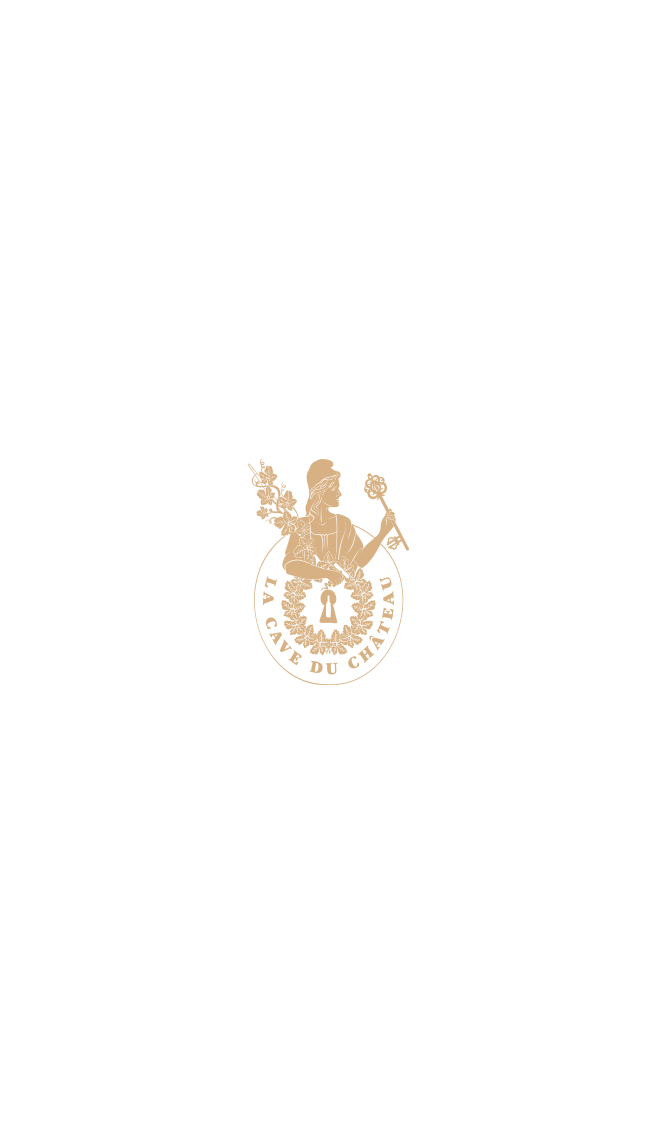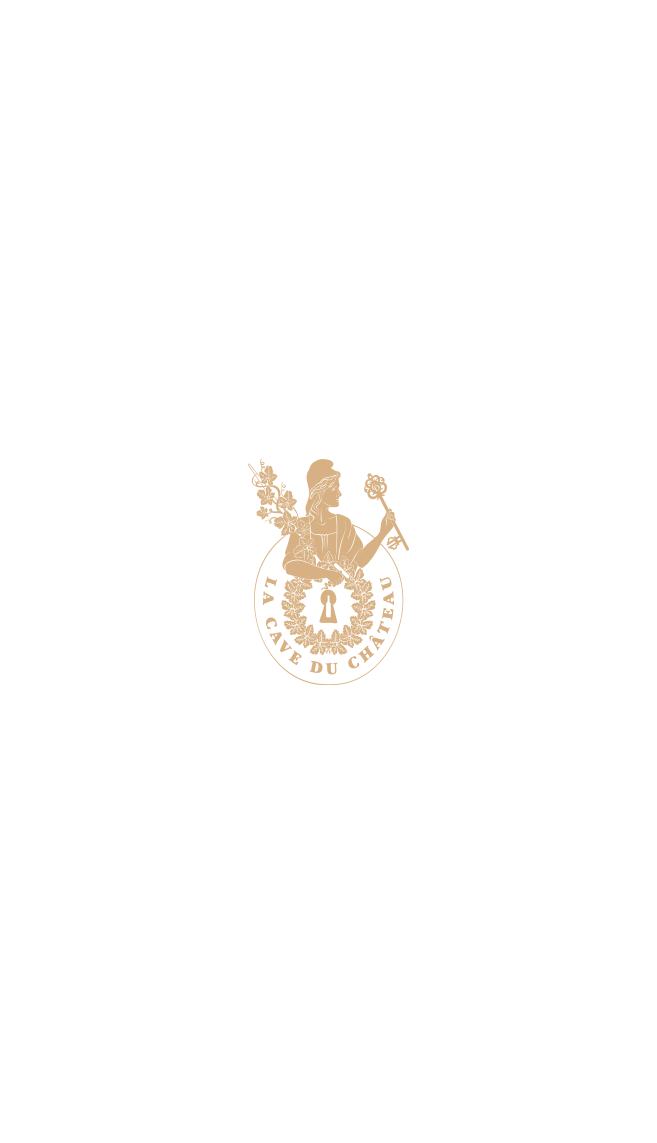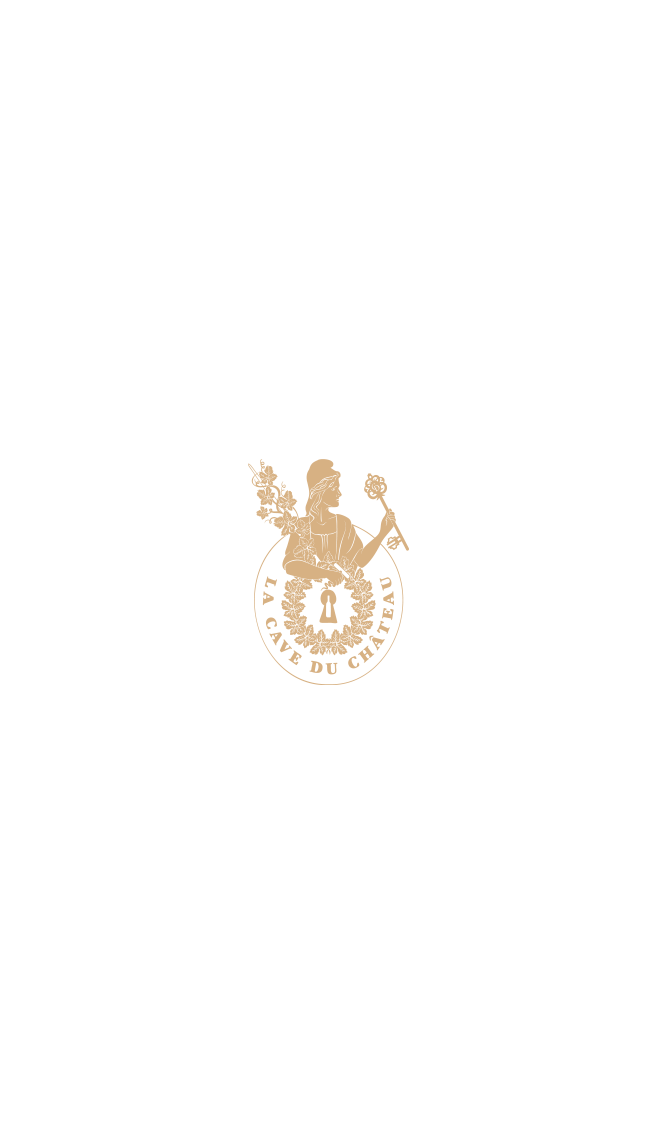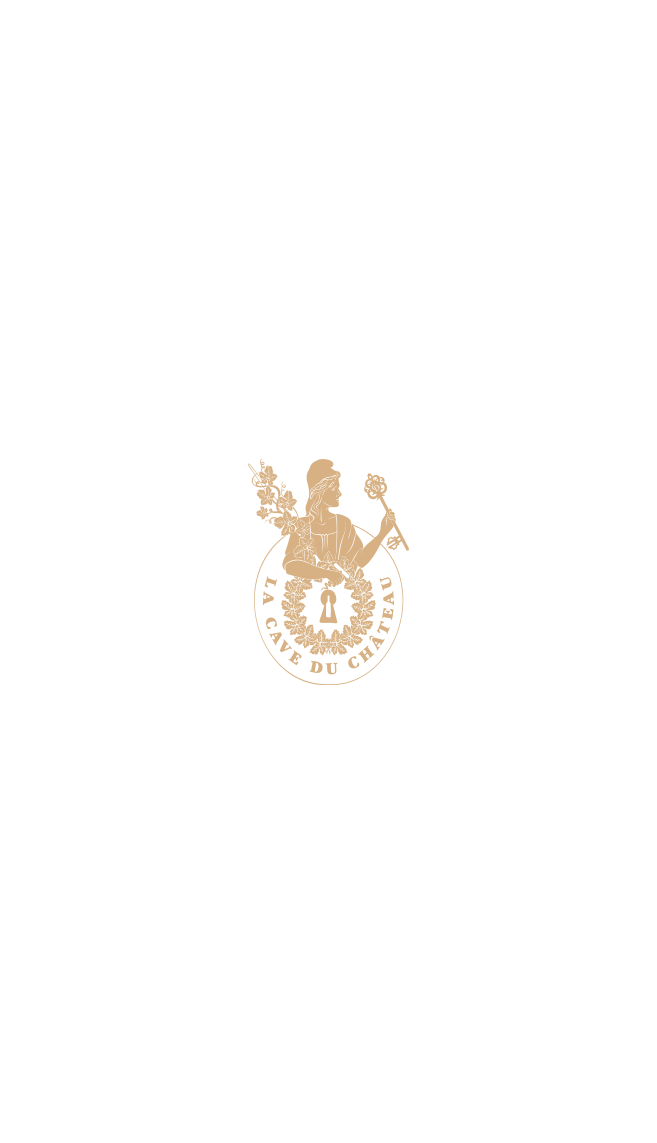
Croix de Beaucaillou 2015 Rouge
- Per unit
- 75cl
-
31 Av. Franklin Delano Roosevelt 75008 Paris
- Paris
- 8ème
Tel: 01 82 82 33 33 -
135 Av. Jean Jaurès 33600 Pessac
- Pessac
- Pavillon Catelan
Tel: 05 47 50 17 17 -
3 Place Tourny, 33000 Bordeaux
- Bordeaux
- Tourny
Tel: 05 47 50 55 55
In-store stock does not take into account availability at our warehouse.
Item available for click & collect within 6 working days. In case of emergency, please contact us.
Other available vintage:
![]()
Fast and secured delivery worldwide
![]()
Free click and collect at La Cave du Château
![]()
Direct sourcing and storage
under controlled temperature
![]()
Secured payment
The product
In details
-
Grape Varieties
Cabernet Sauvignon, Merlot, Enfarinés
-
Tasting temperature
18 °C
-
Optimal consumption
best from 2020 to 2030
-
Service
open 1 hour before
-
Food & wine pairings
Rib steak, Chorizo pizza
The producer
Château Ducru Beaucaillou





